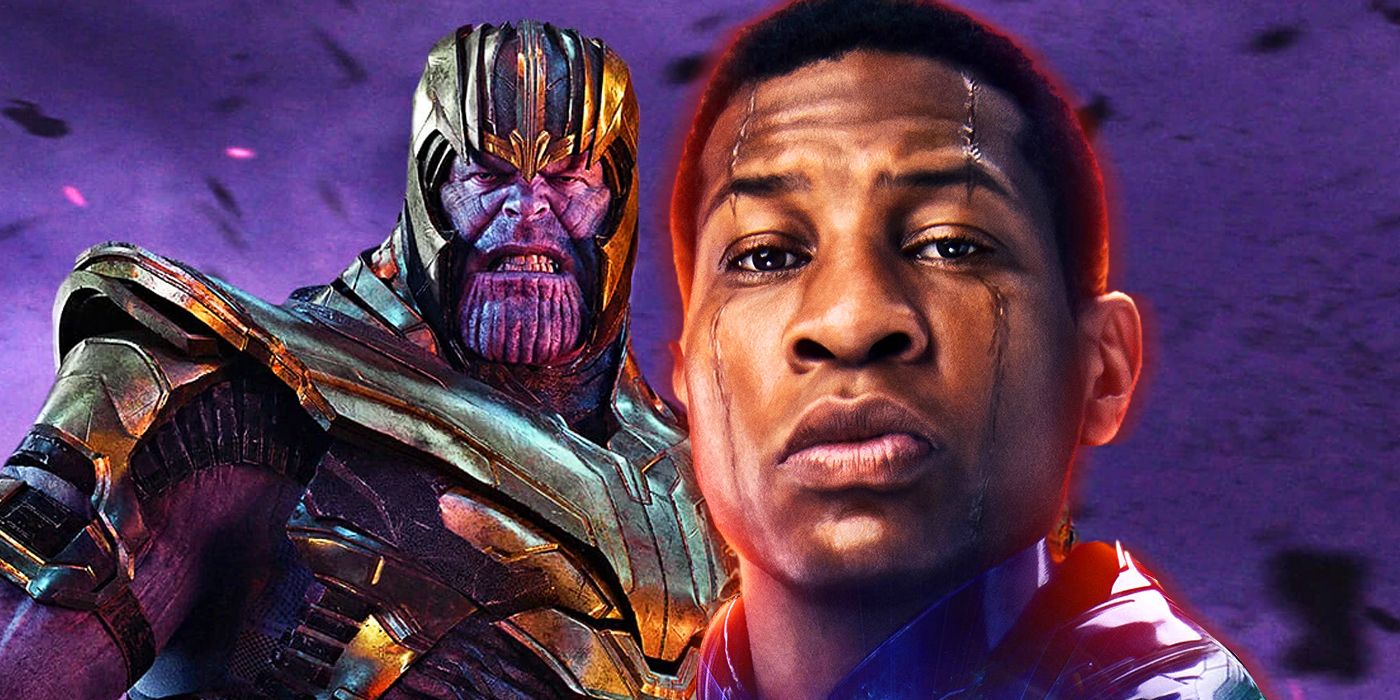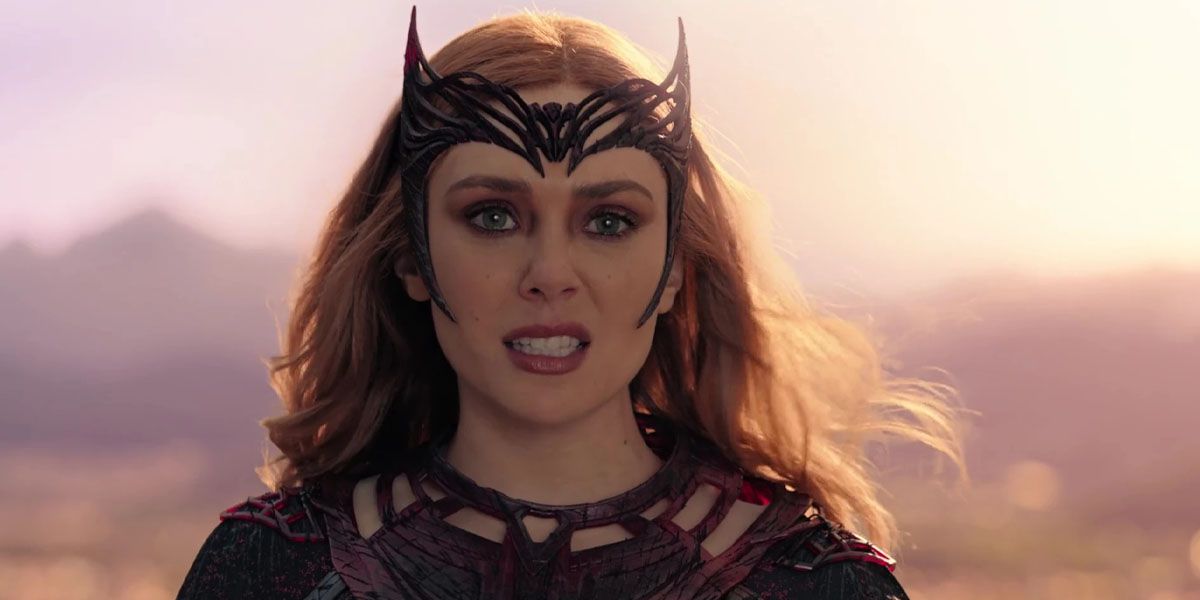Although fans saw Kang the Conqueror, aka He Who Remains, at the end of Loki Season 1, Ant-Man and the Wasp: Quantumania served as his formal introduction to the Marvel Cinematic Universe and also as the kick-off for the new Avengers-level threat. This serves as the first villain of this scale since Thanos' defeat in Avengers: Endgame. While Thanos' reveal had a slow build over the years and Phases of the MCU, Kang came in quickly, with Quantumania serving as his only entry so far.
Thanos was first introduced in the mid-credits scene of The Avengers, the end of Phase One, a landmark film in the genre and the official start of Marvel's multi-film plan. As the overarching villain of the franchise, at the time, Thanos' introduction was slow, ominously drip fed to the audience. Kang's entry is pretty straightforward in contrast, which takes some bite out of his bark.
Quantumania Introduces Kang as a Man in Need
For those who didn't see Loki, Quantumania was the first look at Kang the Conqueror. His introduction and character for the film's first half breed sympathy in the form of a lost traveler seeking help from Janet Van Dyne during her 30 years in the Quantum Realm. Kang, in this form, is vulnerable, powerless, and seeking aid. Thanos, on the other hand, was introduced as an authority. The Other, Thanos' principal servant in The Avengers and Guardians of the Galaxy, served as a great example of Thanos' power and gravitas. In both movies, The Other's presence proves how imposing Thanos is and the level of power he already wields in the world. It is established here that Thanos is the sponsor behind not only Loki's invasion of Earth but also Ronan's destruction of Xandar.
It was clear from the beginning that Thanos was a classic villain who wanted power. Kang's ultimate goal, on the other hand, remains somewhat unclear. His motivation as He Who Remains in Loki was to keep the multiverse intact. His death at the end of the show led to a complete takeover of the Time Variance Authority and, by extension, the multiverse. Similarly, in Quantumania, Kang's motivation was to return to full power in order to destroy specific universes with more malevolent versions of himself in them. In both instances, Kang is portrayed as the lesser of two (or more) evils. What Kang's other selves are trying to achieve is still unclear, but it doesn't seem to be having much of an impact yet.
The MCU Already Has More Imposing Threats Than Kang
While the major theme of Phases One-to-Three of the MCU was threats from space, its future seems to be threats from other universes. Kang is supposed to be central to this conflict, but the major films that have dealt with the multiverse so far, Doctor Strange in the Multiverse of Madness and Spider-Man: No Way Home, didn't feature him at all. With her MCU legacy so far, her role in Multiverse of Madness and the exploration of her character in WandaVision, Wanda Maximoff as the Scarlet Witch is more imposing and fleshed out than Kang.
Without knowing his true motivations, his true goals, how he fits into the larger story or the extent of his power, Kang doesn't seem to pose a legitimate threat to the MCU. Part of the reason Thanos stuck his landing was that, ultimately, The Avengers failed to beat him the first time around. The fact that Kang, or at least a version of him, was beaten by Loki in a very short-lived fight and the motley Ant-Man crew does not paint him as the all-powerful figure Thanos was. Perhaps the legions of Kangs to come will offer a real challenge to whoever steps up as a New Avenger, but for now, the conflict doesn't hold much weight.
To see Kang's official MCU debut, Ant-Man and the Wasp: Quantumania is currently in theaters.


